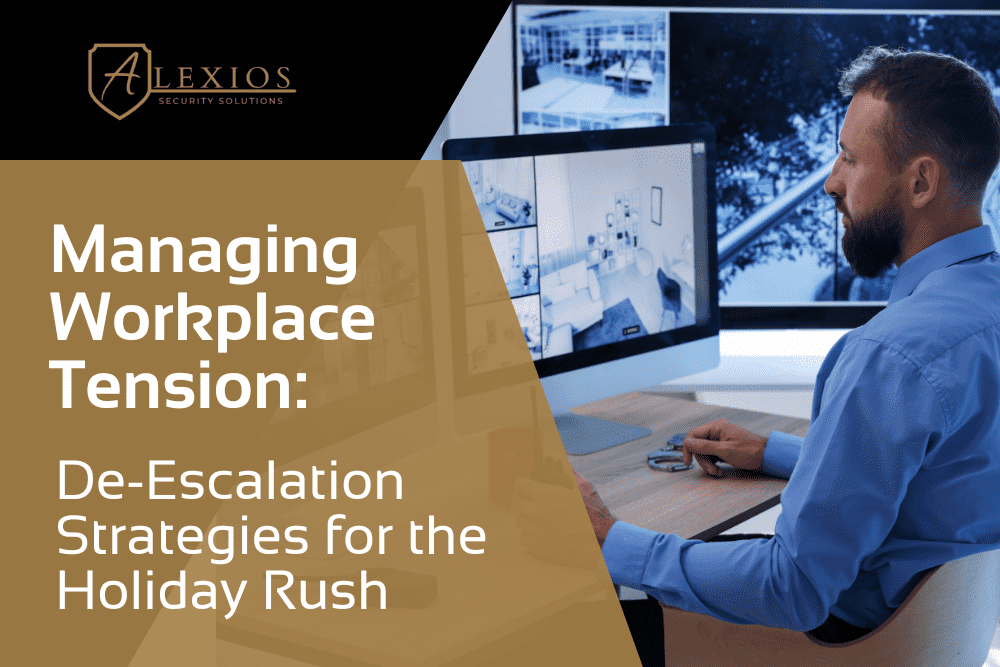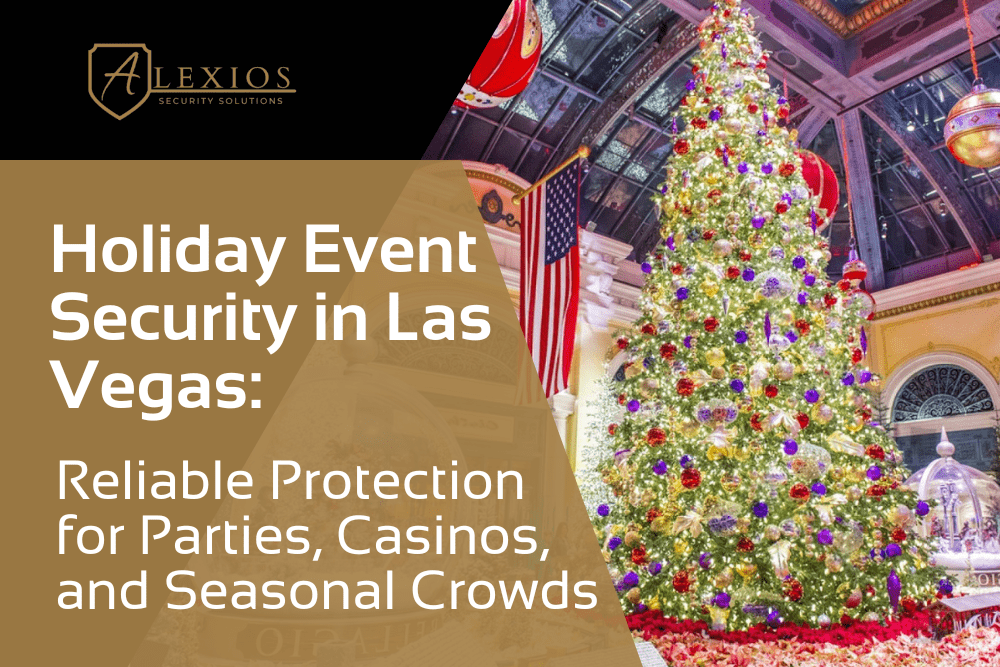
Protests are a constitutionally protected way for people to express their political, social, spiritual, or other opinions. Although they can take many forms, perhaps the most common type involves a large number of people congregating in a single place. This is often referred to as a "protest rally" or protest march.
While these protests can be beneficial for helping people's voices be heard, especially when they have no other options, there are certain security risks and safety tips that should be kept in mind.
Let's take a look at potential issues that may arise during civil unrest for both participants and bystanders, as well as the best ways to respond to them.
Risks to Consider During Protests
Similar to most large gatherings, there is always the possibility of a situation arising during protests. Although many of these are generally peaceful and the protest has nothing but good intentions, it's still a possibility.
It could be that not everyone at the protest will share the peaceful ideals of the majority. It may sound conspiratorial but it's also possible that outside agitators could be brought in to stir up trouble and make the protesters look bad. Two people fighting outside the protest could end up walking into the protest group. If things really get out of hand, there's the possibility of a stampede leading to trampling or law enforcement intervention. In some cases, riot police may deploy tactics such as tear gas or crowd dispersal barriers, especially during large-scale Black Lives Matter protests or similar events. It's remote, of course, but it has happened before. Being prepared before the protest begins, whether you're part of the protest or just happen to be nearby, will put you at a distinct advantage.
According to a 2021 study by Every Town Research, if either protestors or counter-protestors have guns, the chances of violence occurring is roughly 16%. If no guns are present, the number goes down to about 3%.
Whether or not anyone is openly carrying a firearm, it's best to err on the side of caution and assume that someone is, regardless of state or local laws. Even if open possession of a handgun is illegal, someone willing to commit a crime isn't likely to obey that particular regulation. Stay informed about current laws and any federal judge rulings regarding public demonstrations or protest risk management.
Mitigating Risks in Public Demonstrations
Now that we've looked at the risks, let's take a look at how to stay safe during protests. The first thing for attendees is to make sure you're familiar with the area where the protest is going to take place. Walking or driving the protest route (if it's not a stationary event) will be a big help in terms of planning.
Whether you're attending or simply in the area when one happens, you and your party should have an escape plan set up in case something does occur. This is also useful if you end up getting separated in the crowd. It can be as simple as agreeing to meet at a nearby restaurant, park, or other major landmark within walking distance.
If you'll be marching down a street or series of streets that have been blocked off, try to stay closer to the edges of the crowd instead of in the middle. Being in the middle of a crowd might provide some protection but having an unimpeded path out of the crowd is generally the better choice.
Protest Safety Tips for Non-Attendees
If you're not attending the rally and end up near one by happenstance, there are protest safety tips for you to follow as well. First, if you're curious and ask an attendee about the reasons for the protest, you should be unfailingly polite. If they feel that you're mocking or ridiculing them, they could get angry. Most of them will probably be good people but it's not worth the risk.
When traveling and you find that a demonstration is scheduled or has already begun, it's probably best to change your route to avoid the protest if possible. Even putting the numerous safety risks aside, it's likely to be very loud and difficult to have a conversation within a few blocks.
If you happen to live near the area of an announced protest or a spontaneous one that begins to form, it might be a good idea to leave for a while. Again, the noise will almost certainly be an issue, and it could turn violent, putting you and your family at risk. Even if you agree with their message, having protesters shout through megaphones for a few hours can get pretty annoying.
Should Violence Occur
If the protest becomes violent, you should leave the area immediately if possible. The police are probably already on the scene or will be soon and it's best to avoid getting lumped in with violent protesters.
It will undoubtedly be loud—too loud for anyone to hear you explain anything. Law enforcement officers and riot police may begin dispersing crowds using tear gas or loudspeaker commands. The police aren't likely to stop you either, since their goal is for the crowd to disperse and the violence to end.
In the event you can't leave and you're in your home, avoid standing by any windows. Even a stray rubber bullet can break a window and cause serious pain or injury. Find a quiet place to hide and wait out the violence. Lock the doors and barricade them, if possible.
Protest Safety Tips
- If the streets have been blocked off, standing on the edges of the crowd close to a sidewalk will give you a better chance of escaping if something does happen.
- Learn the layout of the protest area as best you can before you go. If it's a spontaneous protest or you're going at the last minute and you have no time, Google or Apple Maps can give you a good idea although the information could be outdated.
- If a situation arises and you trip or otherwise fall to the ground, protect your head at all costs. Most trampling injuries or deaths are caused by damage to the head.
- Leave immediately if the protest turns violent. It may be tempting to engage in "light mischief" or try to convince your fellow protestors to stop the violence but the risk of injury is too great and it's not worth spending time in jail.
- Non-attendees should avoid non-essential travel through protest areas. Protestors blocking traffic has become a common occurrence in recent years and you could become stuck for a while.
- If your travel is essential and planned in advance, hiring a security services firm or a bodyguard service to help navigate the area might be a good idea. Even if it seems unnecessary, you'll be glad you did if a situation arises.
- Remember to stay calm and, if you're with a group, stay together until everyone is safely clear from the area. Once you get past the police barricade and get a few blocks away, you should be safe. Ideally, you'll all want to get a bit farther away if you can.
It's always important to consider risk management at protests both before and during the event itself. By following these protest safety tips and mitigating risks at public demonstrations, you can let your voice be heard while making sure that you and everyone in your party remain safe. Whether you're attending a rally vs protest, participating in protest marches, or simply nearby, understanding potential dangers from riot police response to misinformation spreading on social media can make all the difference.





